
We were delighted to host the 2016 Derbyshire Heritage Awards on the evening of Friday 7th October.
Crich Tramway Village entered three projects: Best Project on a Limited Budget – featuring the maintenance of our historic urinal; Best Volunteer Project, with the Loan of London County Council 106 to East Anglia Transport Museum and Reaching New Audiences with the rescue, clearing, restoration and consolidation of the Lead Smelt, a piece of industrial archaeology from the nineteenth century.
We are thrilled to have achieved Highly Commended for the Best Volunteer Project.
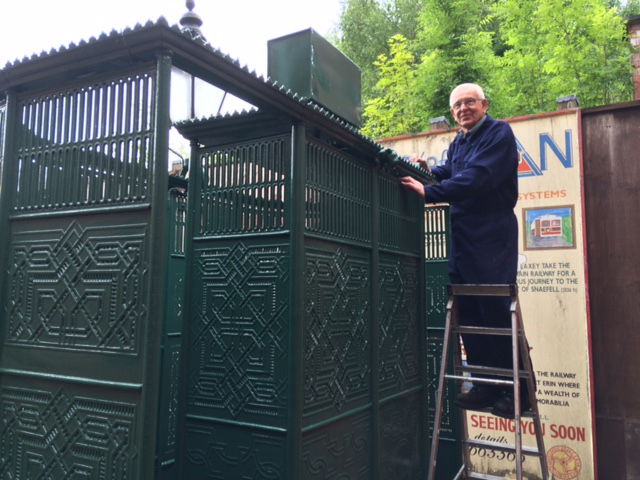
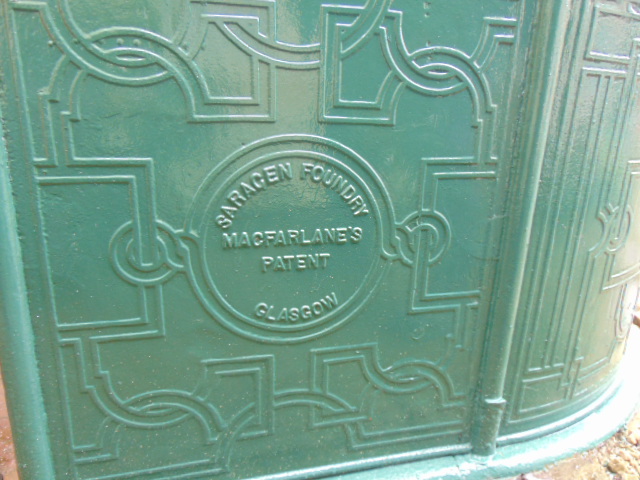
The maintenance of the historic urinal at Crich Tramway Village – entered for Best Project on a Limited Budget Award.
We are grateful to the staff and volunteers who worked on this project.
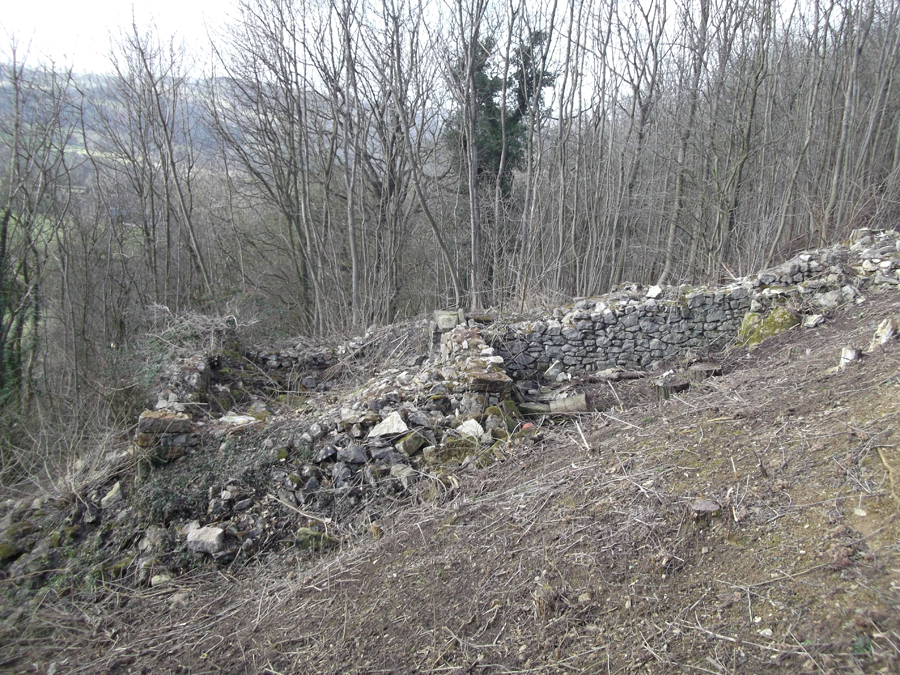
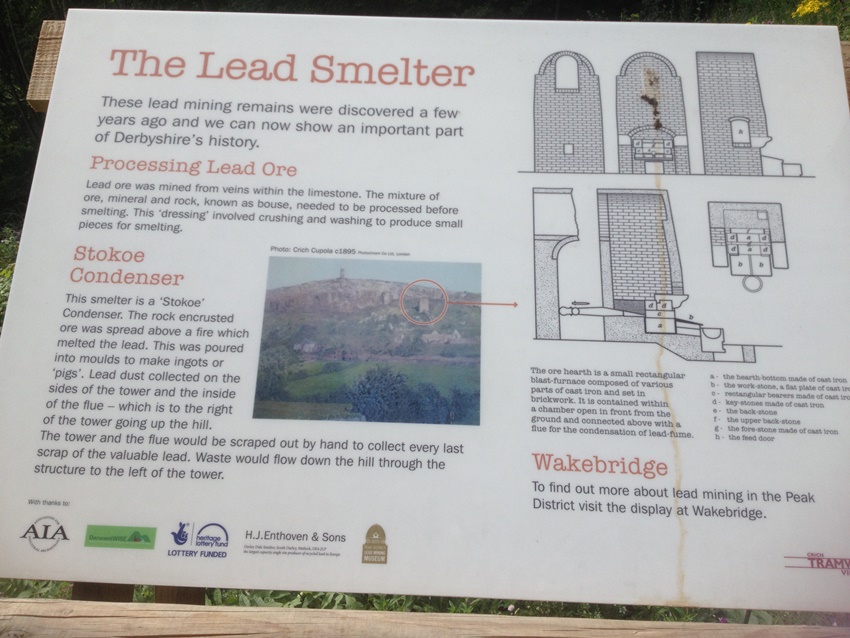
The Lead Smelt – discovered after 100 years and entered for the Reaching New Audiences Award.
Thank you to the staff and volunteers involved in bringing this amazing find to new audiences at Crich Tramway Village.
The Best Volunteer Project was very important for many reasons. By lending the tramcar to the East Anglia Transport Museum (EATM), we increased the audience capable of seeing such a fine member of our collection. With a distance of approximately 200 miles between the museums, the loan of tramcar LCC 106 allowed visitors who hadn’t necessarily seen a tramcar from our collection before to see the vehicle in an operational capacity but within a different infrastructure.
The loan of LCC 106 also posed a challenge for several of the younger members of the museum. The tramcar move was led by younger members of the Tramway Museum Society (TMS). A few volunteers had undertaken many unloads and loads of various tramcars to/from various destinations. However, on this occasion Cameron Sharp was one of a team of three TMS members who was required to utilise previously acquired skills to ensure the vehicle was unloaded safely and correctly whilst working alongside members of the EATM.
Those volunteers involved were:
Andrew Bailey, Mike Crabtree, Steve Hughes, Cameron Sharp, Phil Spowart and Tony Williams who all gave a considerable amount of their free time to ensure the project was a success.
Cameron Sharp said:
“Over my seven years at Crich, I have been exceptionally fortunate to have been able to acquire and develop a varied skill set whilst working alongside highly skilled staff and volunteers. One of these skills was the safe loading and unloading of vintage trams. This skill was undoubtedly used during the visit to the EATM. Older generations teaching younger members skills such as this, ensures that tramcar preservation and tramcar movements may take place for future generations to witness”.
Teamwork was also key in the tramcar movement. Tramway Museum Society volunteers worked alongside EATM and Crich Tramway Village staff as well as Scott’s Heavy Haulage staff. Communication was key and a clear understanding of the process of events when unloading the car was ensured.
The same was true for the return journey and delivery of LCC 106 back to Crich. The unloading process proved to be a popular spectacle for visitors to Crich on the day, with crowds watching and taking photographs of the meticulous process.

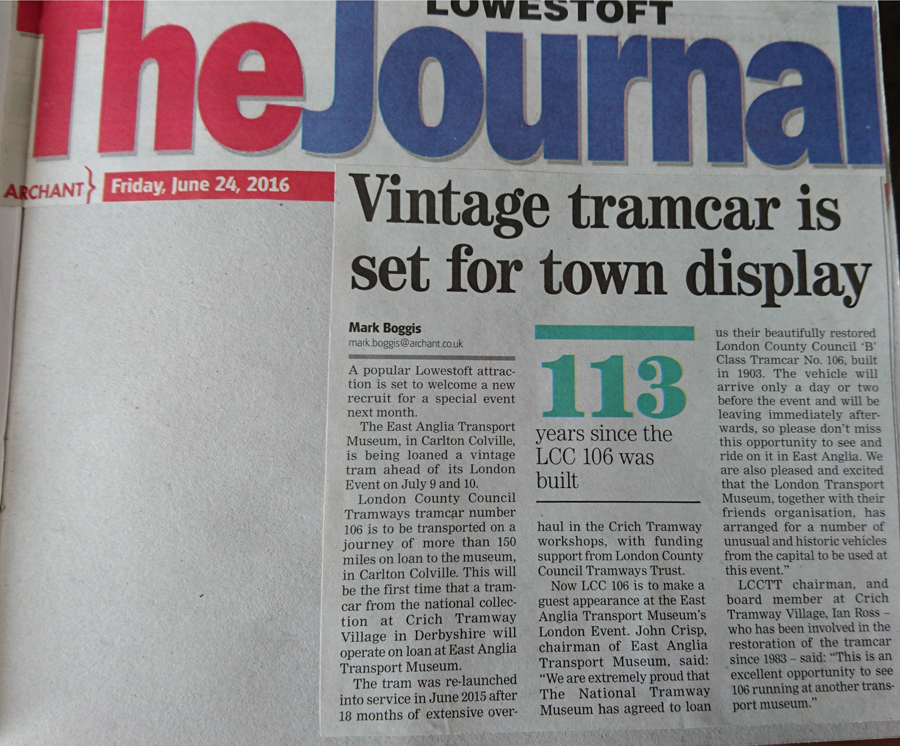
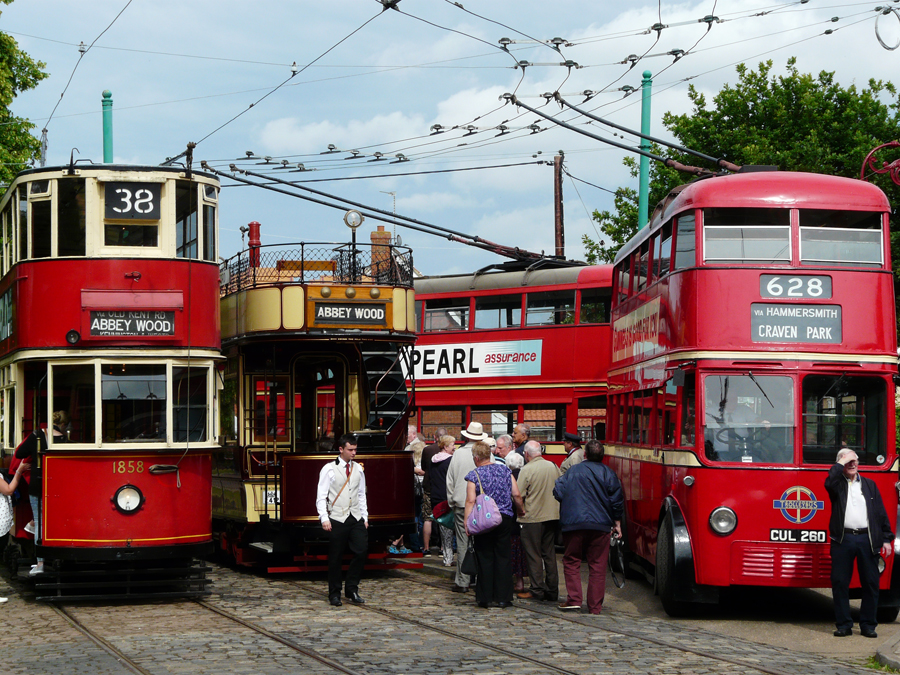

The Lowestoft Journal publicity about LCC106 arriving at East Anglia Transport Museum.
Visitors to East Anglia Transport Museum queuing to ride on LCC106.
Re-loading LCC106 at East Anglia Transport Museum, ready for the journey back to Crich.
Well done to all who worked on the projects entered for the Derbyshire Heritage Awards and congratulations to the teamwork of those who achieved the Best Volunteer Project – Highly Commended Award 2016.
